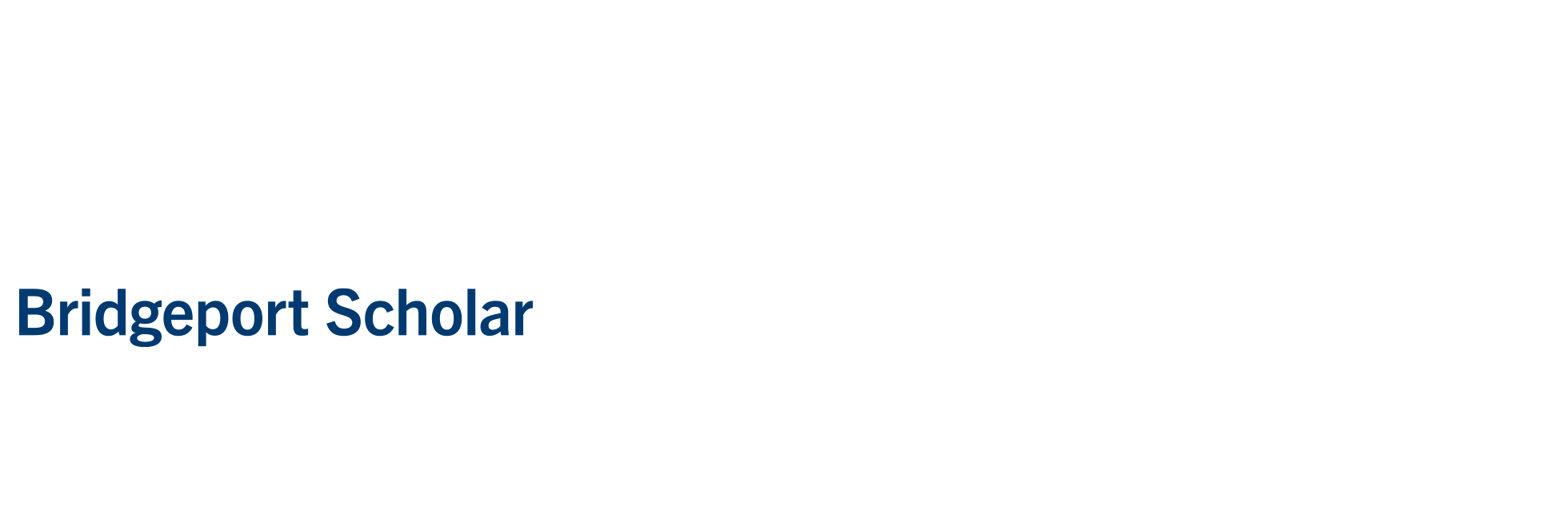Cholecystokinin effect on human lymphocyte ionized calcium and mitogenesis
Document Type
Article
Publication Title
The Journal of surgical research
Abstract
Cholecystokinin (CCK) is a peptide present in large amounts in gut, brain, and neurons innervating lymphatic tissues. Plasma CCK levels increase in enterally alimented patients. Enteral alimentation is also associated with enhanced immune function. The effects of CCK and a CCK antagonist were studied on human peripheral blood mononuclear cells (H-PBMC), lymphocyte intracellular ionized calcium ([Ca2+]i), and lymphocyte mitogenesis. CCK receptors transduce their signal via the release of [Ca2+]i. CCK octapeptide caused a specific increase in [Ca2+]i measured by Fura-2 fluorometry in H-PBMC and human T helper lymphocytes. Neither gastrin-17 nor pentagastrin produced a signal. While the highly specific CCK antagonist MK329 blocked the CCK [Ca2+]i signal, it had no effect on the PHA-mediated signal. At high dosages (10(-7)-10(-8) M), CCK was a comitogen with "complete" lymphocyte mitogens such as anti-CD3 monoclonal antibody (mAb) or low-dose PHA, but not for "partial" mitogens such as phorbol esters. CCK comitogenic effect occurred even in the presence of cyclosporine. CCK radioimmunoassay demonstrated that H-PBMC contained CCK and that anti-CD3 mAb- or PHA-mediated H-PBMC mitogenesis caused release of CCK. MK329 blocked PHA and anti-CD3 mAb mitogenesis and CCK comitogenic effects. We conclude that CCK octapeptide may be a coregulator of lymphocyte Ca2+ activation signals. The immunologically beneficial effect of enteral nutrition may, in part, be mediated by increased levels of CCK.
First Page
149
Last Page
58
DOI
10.1006/jsre.1995.1024
Publication Date
2-1-1995
Recommended Citation
McMillen, M A.; Ferrara, A; Adrian, T E.; Margolis, D S.; Schaefer, H C.; and Zucker, K A., "Cholecystokinin effect on human lymphocyte ionized calcium and mitogenesis" (1995). All Research. 433.
https://scholar.bridgeporthospital.org/all_research/433
Identifier
7861766 (pubmed); 10.1006/jsre.1995.1024 (doi); S0022-4804(85)71024-4 (pii)

